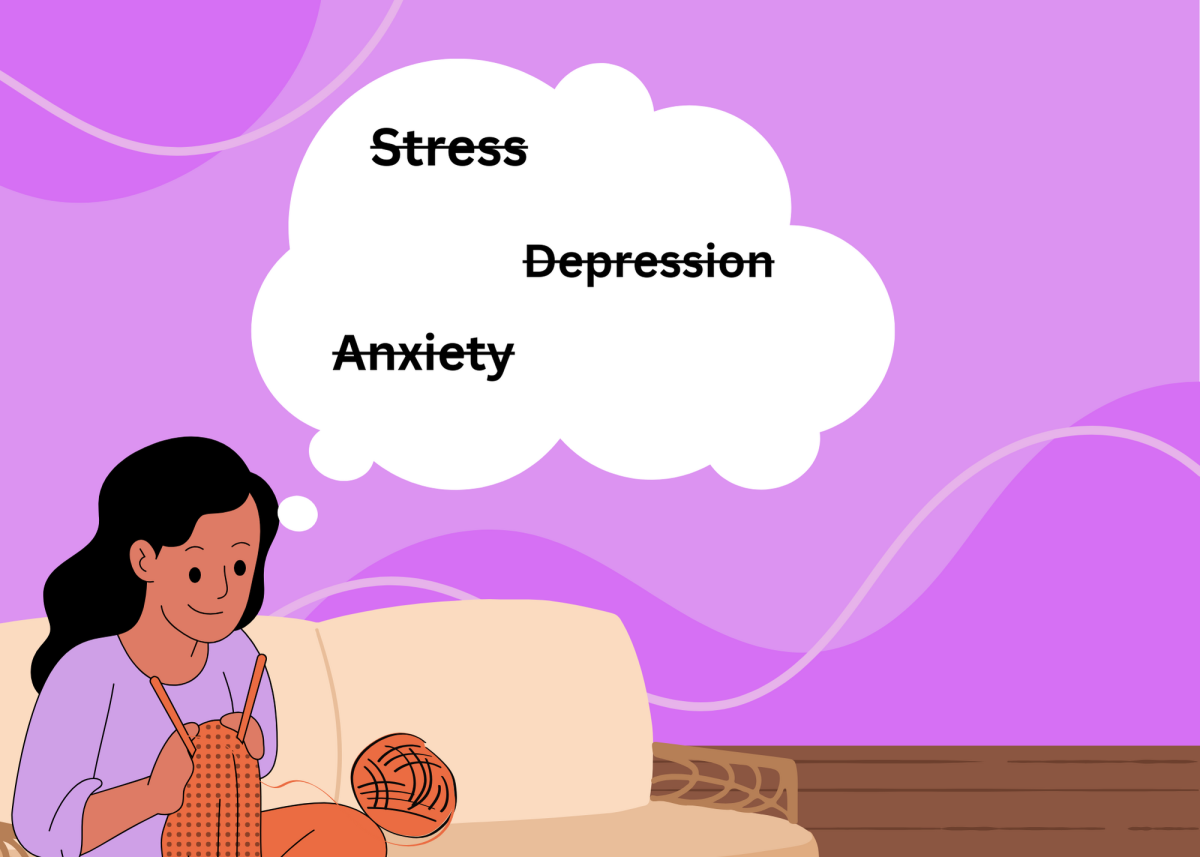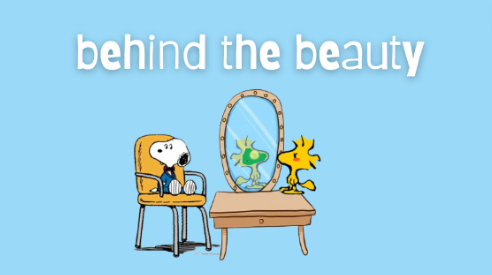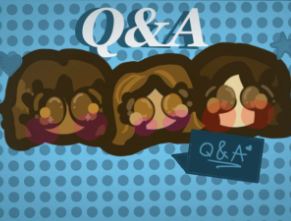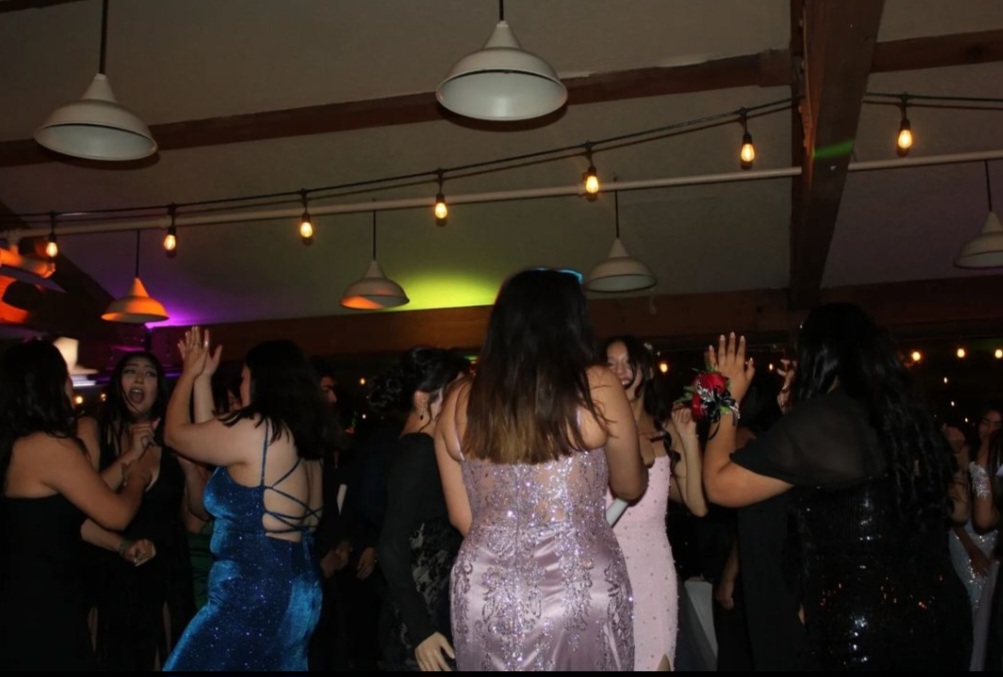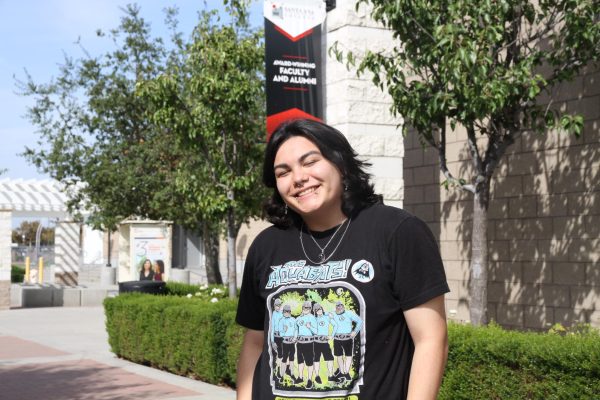You’re sitting down at home, with something on your mind that’s making you feel depressed. You want to do something that’ll get it off your mind, so you go to the store and pick up a skein of yarn and a hook to try crochet. When you get home and begin looking for tutorials, you realize that getting into yarn crafts will help you relax when you have moments like these.
Picking up a crochet hook or knitting needles can be a little daunting at first. However, once you get started, you’ll realize that knitting and crocheting aren’t just for grandmas who want to make garments for their grandchildren, but they can actually help relieve you of stress and anxiety.
Not only can crochet help relieve the feeling of being depressed, stressed and anxious, but it can also help with self-esteem and even insomnia. According to the American Counseling Association (ACA), the repetitive motion of creating stitches has been shown to release dopamine and serotonin, two naturally-produced antidepressants.
Crochet and knitting may at first be hard to tell apart. However, as you delve into each, being able to tell the difference becomes easier. To start off, crocheting only requires one hooked needle. Also, crochet stitches typically appear more like knotted yarn. Knitting requires two needles and the stitches have a V-like appearance.
While both consist of looping yarn together, crocheting is hooking loops together while only using one hook. To knit, you move the loops from one needle to the other. Most people who have tried both will tell you that crochet is easier for people to learn.
Also, knitted stitches tend to stretch easier, making them great for things like sweaters or socks. Since crochet is more like knotted yarn, the stitches are solid and are not as stretchy, making them better for things like blankets or shawls.
Although crochet and knitting had their peak during the 20th century, yarn crafts had a second boom during the COVID-19 pandemic due to people searching for an affordable, comforting at-home activity, according to the BBC. With people sitting bored at home with easy access to social media sites like YouTube and Instagram, being able to find hundreds of easy tutorials and patterns helped introduce so many people to crochet and knitting.
Senior Kimberly Rincon is the Vice President of the Knits and Stitches club here at Middle College High School. Rincon started knitting and crocheting in 2022, and she mainly enjoys knitting.
“I learned because I was seeing a lot of cute handmade things online and wanted to see if I could do the same,” she said.
Everyone starts knitting or crocheting for many different reasons, but the fact that affordable yarn and other supplies are widely available makes it easier for people to begin. It’s also a great way to reduce clothing consumption.
“I think it’s good that knitting and crochet has become more popular on social media because when you make your own things, it’s more sustainable than if you were to buy something that you didn’t make, like fast fashion,” Rincon said.
It’s an eco-friendly way to create your own garments and household items. The issue with mass-produced garments, especially crocheted or knitted items, is that the process is highly polluting and chances are that the items were either poorly created by a machine or by an exploited sweatshop worker. Also, the fabrics and materials used tend to be of poor-quality. By creating your own items, you are not only helping the environment, but you are not supporting the fast fashion industry.
The process of working on a project to completing it can also help boost self-esteem.
The ACA states that doing crochet or knitting can help boost confidence by building new skills, allowing the individual to feel productive, creating something to encourage self-expression, and providing a way to give back to the community. Muezart, a blog for weavers, also says that showing off a completed piece allows for compliments from others and successfully selling a product can encourage the seller to continue knitting or crocheting, making them feel good about their sale.
Senior Arelys Castro is the President of Knits and Stitches at MCHS. Castro began learning to crochet when she was eight years old.
“The thought of the finished projects keeps me motivated to start and finish them. I always feel accomplished and proud of my work. I enjoy showing what I create to my family and friends,” Castro said.
Goal setting can also help with feeling accomplished and confident, especially when you achieve your goals. As long as you stay committed and slowly set higher goals as you learn more complicated stitches, you will feel positive effects, rather than feeling unsatisfied or frustrated.
“For my goals, I try to challenge myself with making bigger or more complex things and trying out different patterns or stitches. I feel super proud of myself after I finish a project especially after a big one [project] but I then don’t know what to do next and just wait for my next inspiration,” Rincon said.
Both knitting and crocheting can help you to find your community and find a sense of belonging. Most people tend to make their art alone but social media and even craft nights at local yarn shops can add a whole other dimension of collaboration, sharing, and new friendship. Even during the pandemic, having an online community helped with feeling less lonely. Also, being in a community can help with finding inspiration for new projects.
“I think it’s good for people to learn skills like crocheting because it helps you be creative. I also like getting ideas and patterns from others. I enjoy the sense of community I get from other crocheters,” Castro said.
Finding new patterns or projects even when you aren’t connected to other yarn crafts communities is still easy. On Pinterest, Instagram, YouTube, and even TikTok, you can find thousands of free, easy-to-follow tutorials for everyone ranging from absolute beginners to advanced crafters.
“I think it’s seeing different types of things, specifically on Pinterest, that inspire me to knit or crochet because I like it and want to make something similar,” Rincon said.
Yarn arts have many different benefits, whether they help the symptoms of depression, stress, anxiety, or self-esteem. Setting goals in terms of learning new stitches or working on bigger pieces can also help with feeling motivated and accomplished.
Being able to join communities is another great benefit of crocheting and knitting. Having people who can help you learn, answer your questions, and even just talk to you about crocheting or knitting can also help with loneliness.
Besides all of this, learning to crochet or knit is just a great hobby to pick up, and all of the free resources available make it that much easier.
Below, you will find an easy-to-follow pattern to make a cat beanie.
Crochet cat beanie pattern
What you’ll need:
- Yarn A
- Yarn B
- Two crochet hooks (a bigger hook for the foundation chain and a smaller hook for the rest of the beanie)
- Yarn needle

Terms/Abbreviations
Slipknot – the base for chains (make a loop then pull the yarn through until a knot forms then put that on your hook)
CH – chain (starting with a slipknot on your hook, yarn over and pull through the loop on your hook
Sl ST – slip stitch (insert your hook into the first chain or stitch you made then pull the yarn through both the chain/stitch and the loop that was on your hook)
DC – double crochet (yarn over then insert your hook into the chain/stitch you want to work into then yarn over and pull through. You should have 3 loops on your hook. Yarn over and pull through 2 then yarn over and pull through the last 2)
Making the Beanie:
- CH however many chains you need for the size you want.
- Join the last chain you made to the first one with a Slst and CH two.
- DC into each chain around your base then SLST and CH two. Repeat this step until you have eight rows of color A ( I like to do eight rows of color A to begin with so that I can fold the bottom edge of my beanie over.)
- (Switch to color B) *DC into each stitch around then SLST and CH two. Repeat for four rows
- (Switch to color A) *DC into each stitch around then SLST and CH two. Repeat for four rows
- Repeat steps four and five until your beanie is the length you want it to be.
- Sew one side to the other to close your beanie.
- Done!
Of course, it is optional to use two colors but if you are, it can be a little tricky. To change colors, perform a slip stitch but instead of yarning over with the color you’re working with, yarn over with the color you want and then complete the slip stitch.


